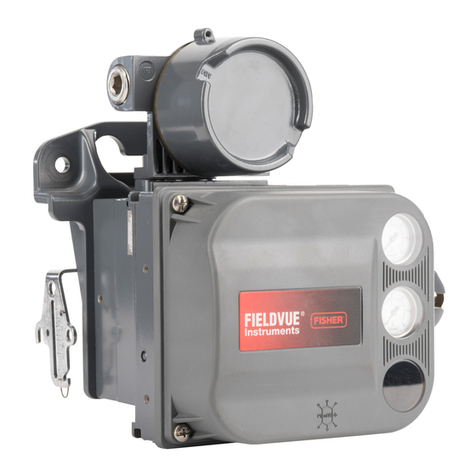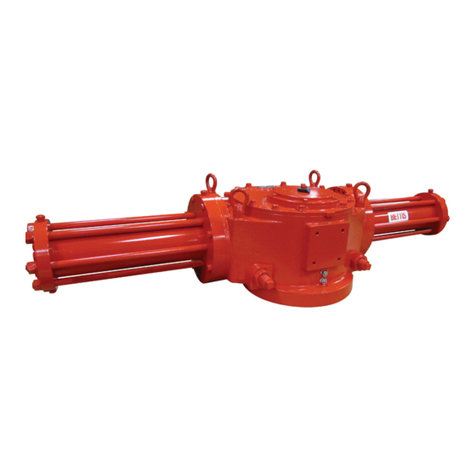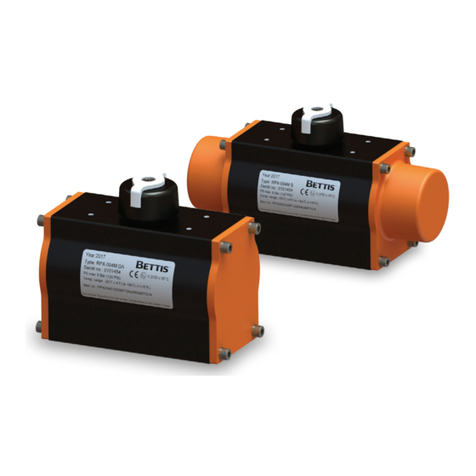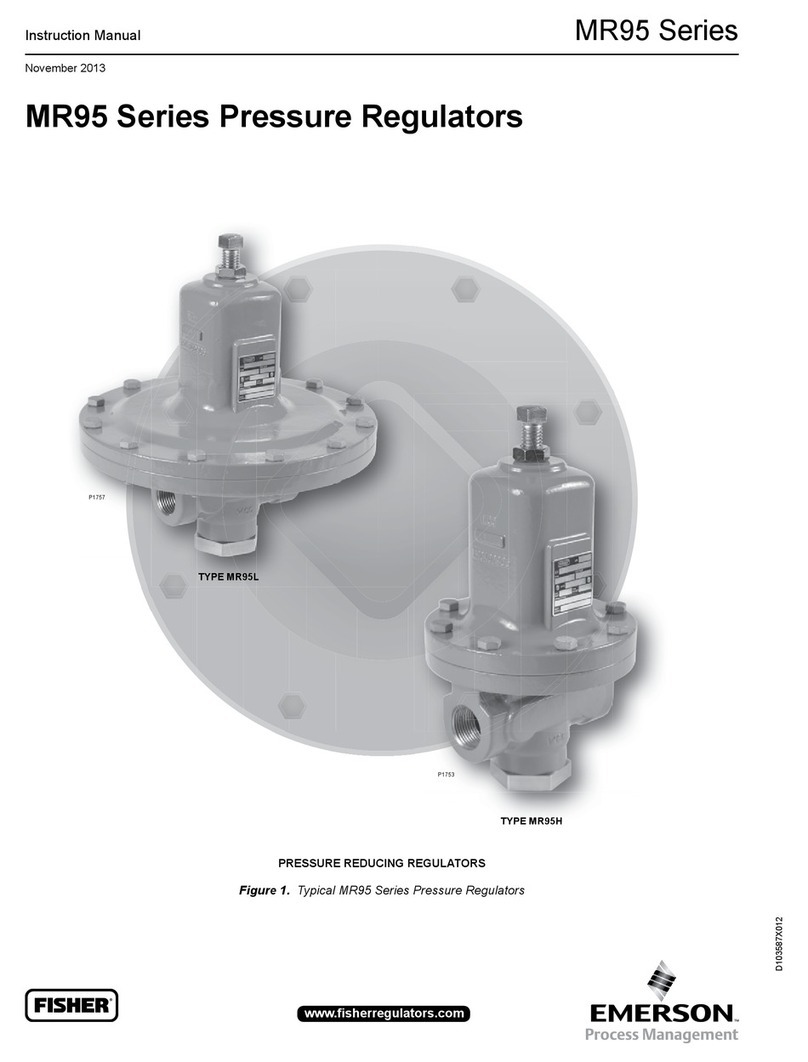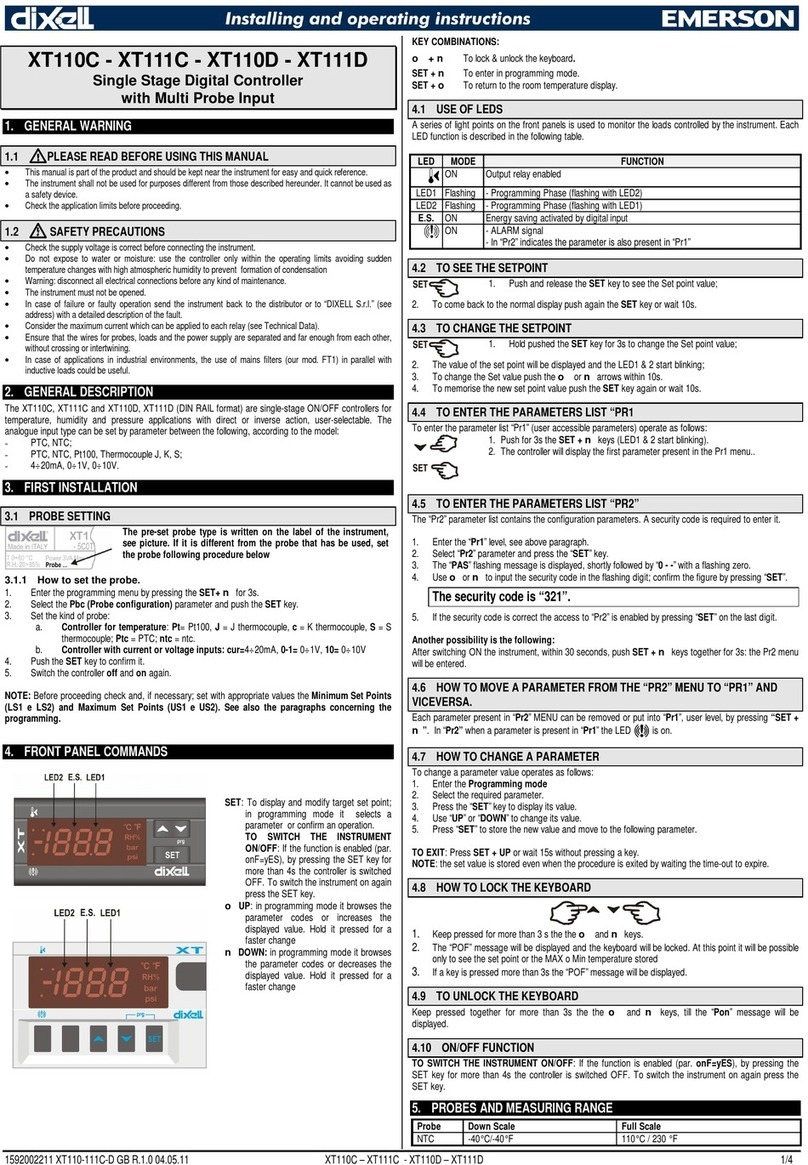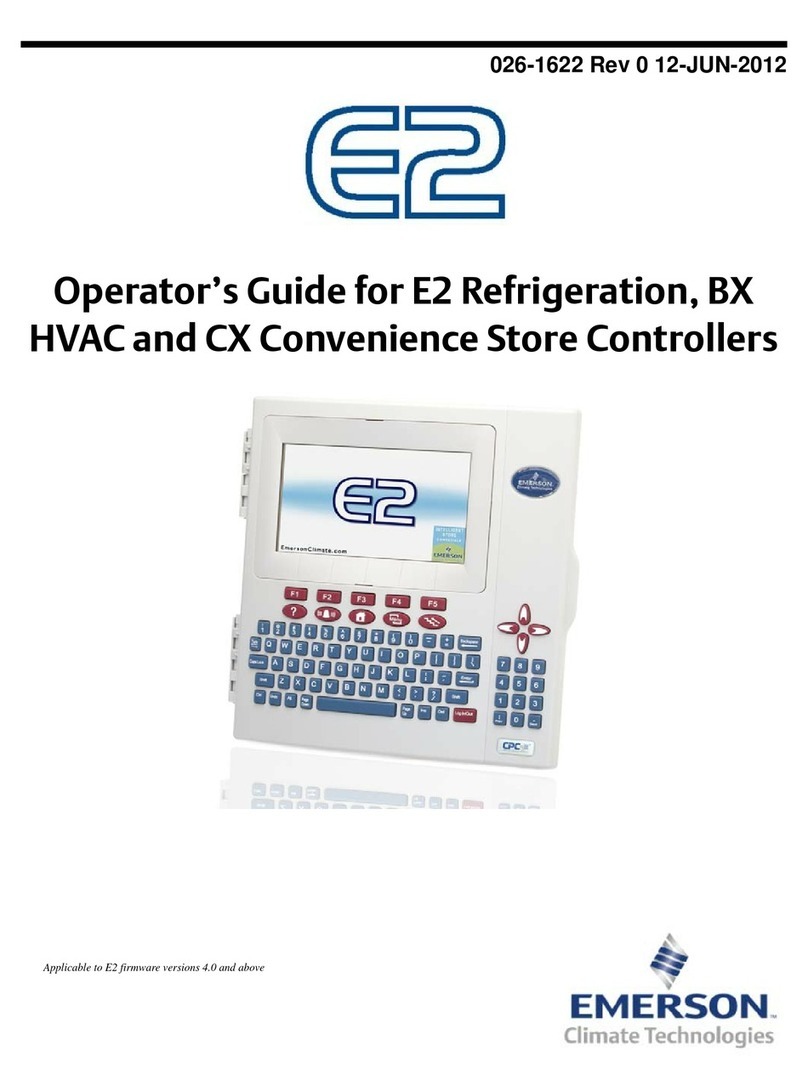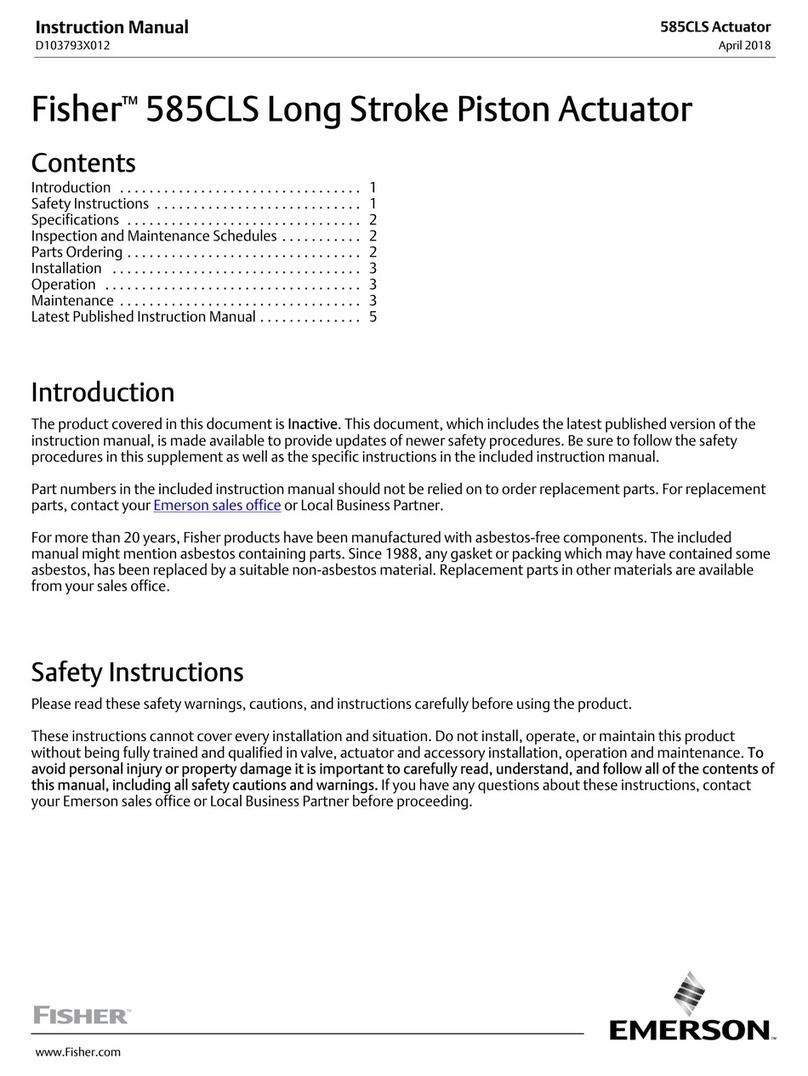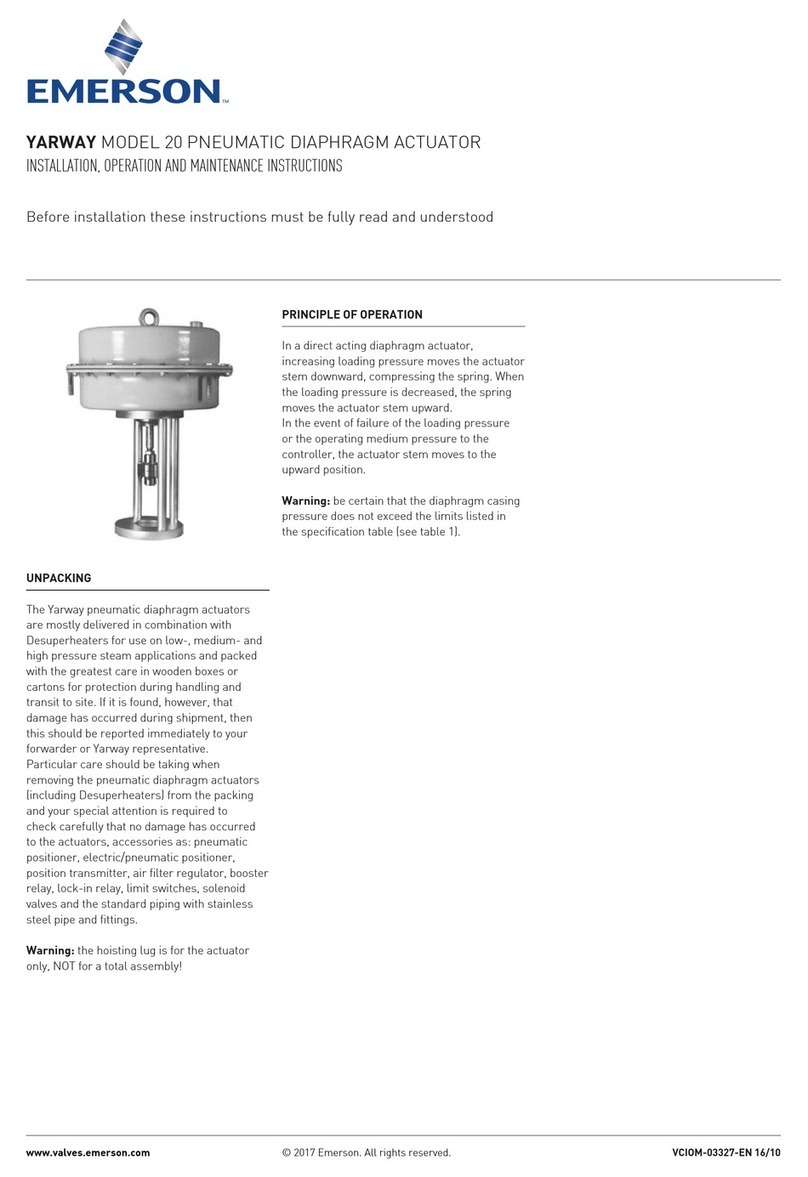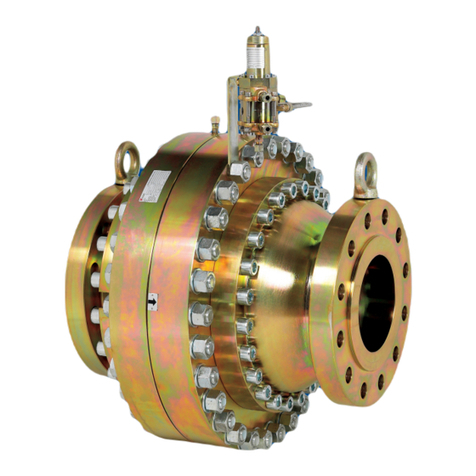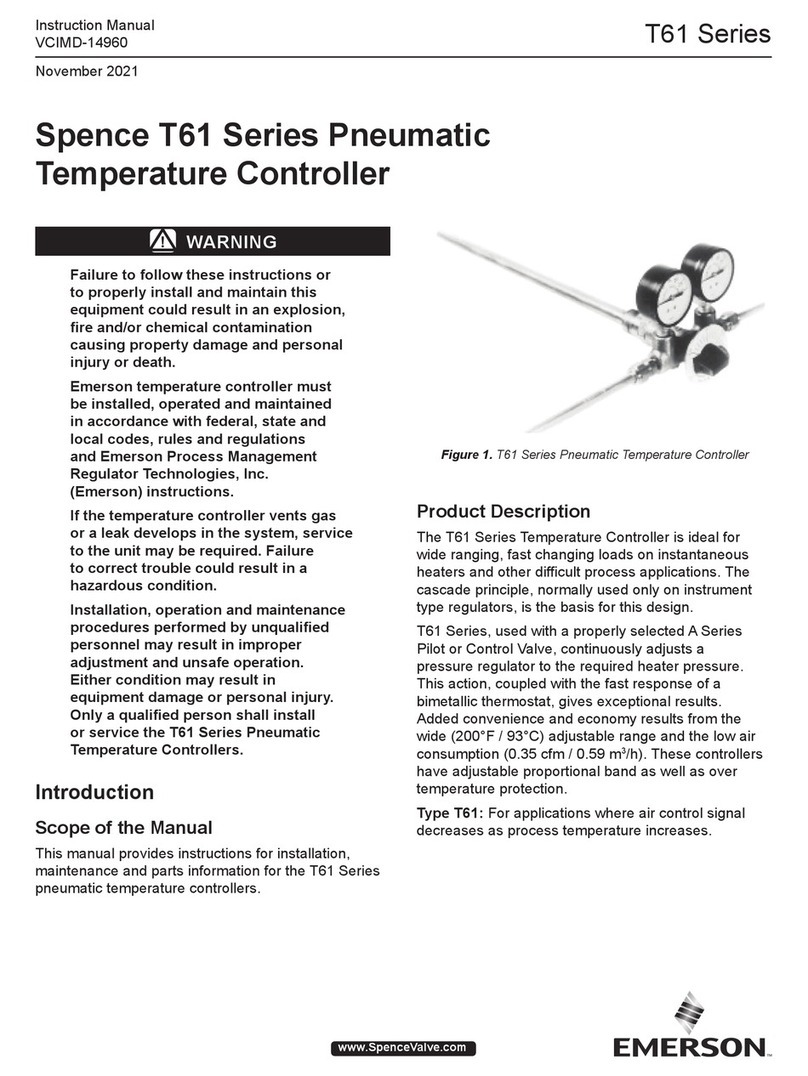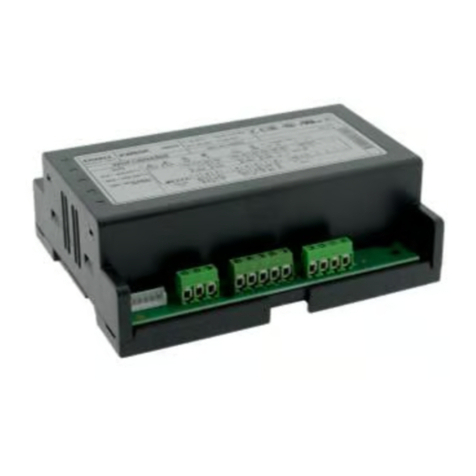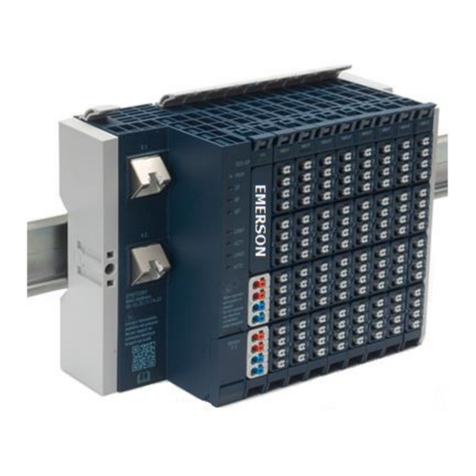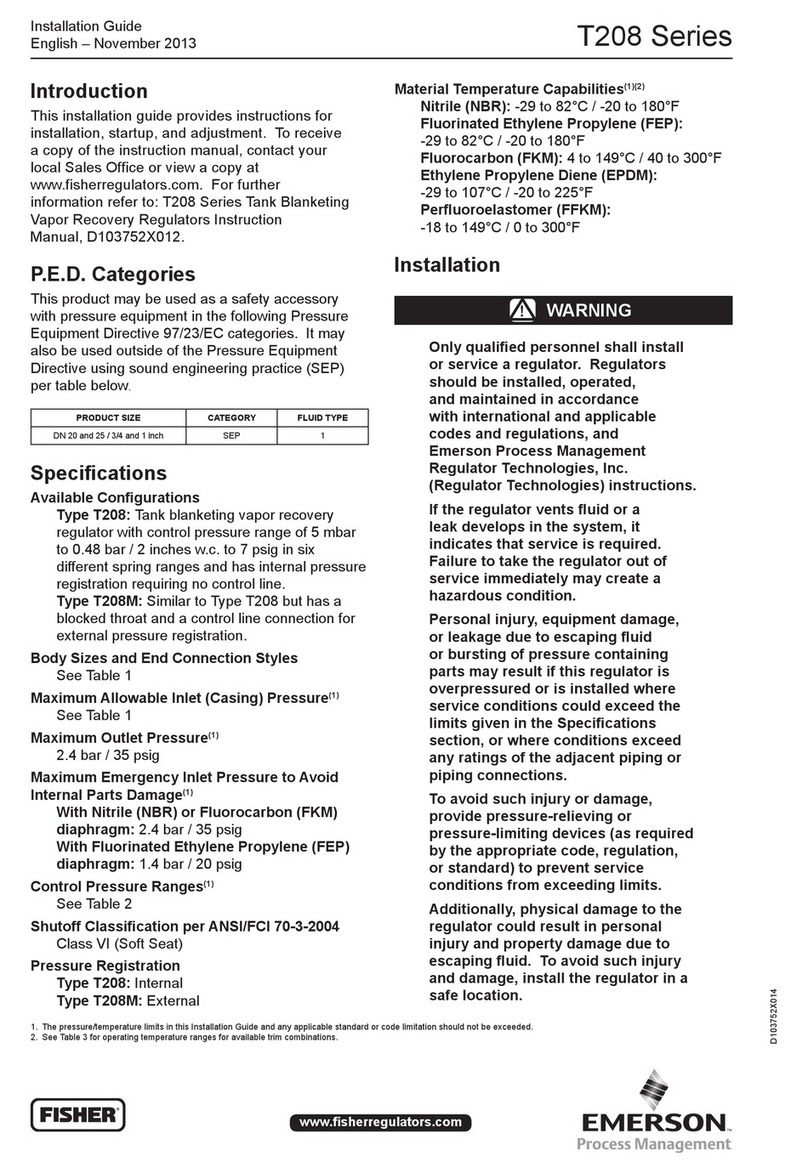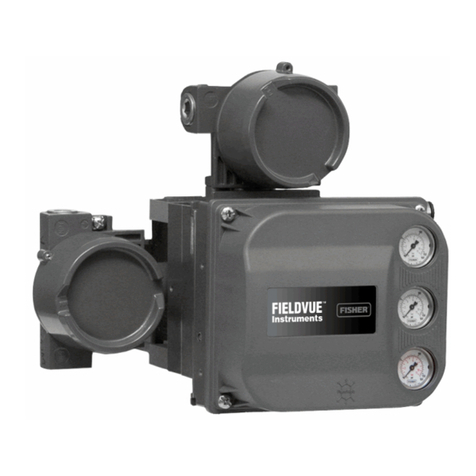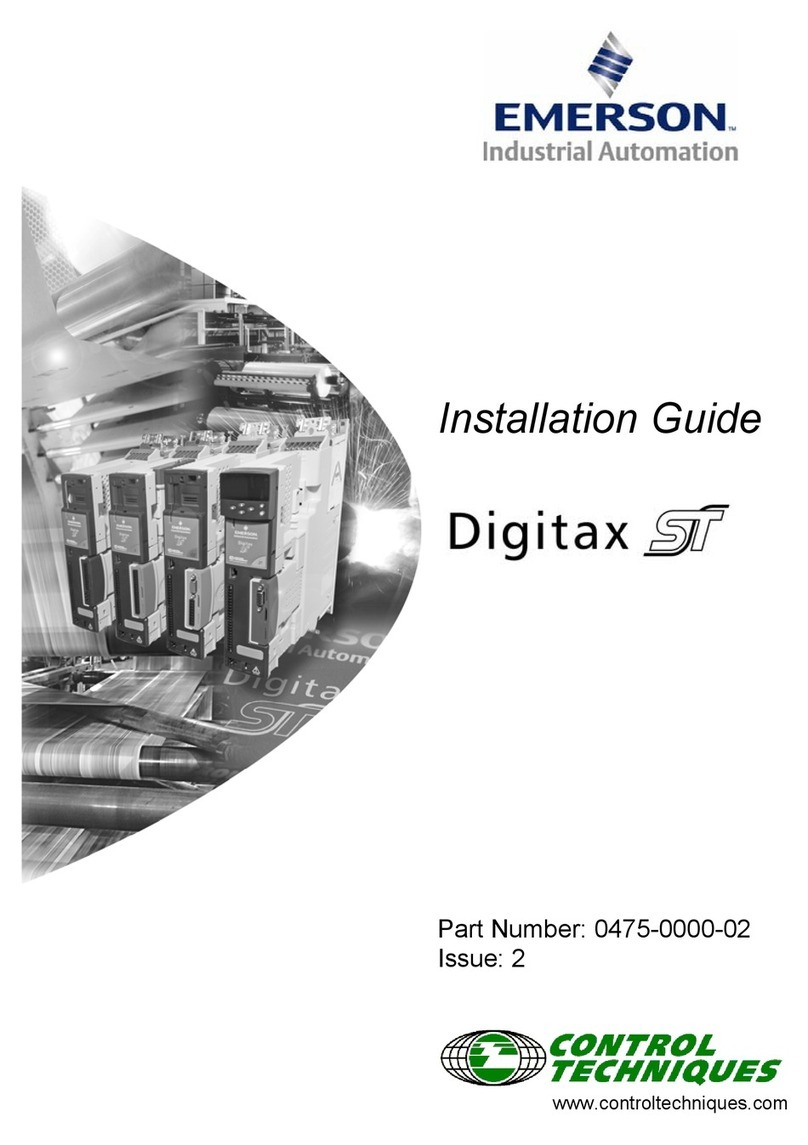
5
Installation Manual
Content
December 2020
Installation Manual
TR000238ENUS-01_12-20
CAUTION
Safety Precautions
•Inspect the regulator, valve, and accessories before each use.
•Never connect regulators, valves, or accessories to a supply source having a pressure
greater than the maximum rated pressure of the regulator, valve, or accessory.
•Refer to product label (model specific) for maximum inlet pressures. If this rated
pressure cannot be found, contact your local TESCOM representative for the rated
pressure prior to installation and use. Verify the designed pressure rating of all
equipment (e.g., supply lines, fittings, connections, filters, valves, gauges, etc.) in your
system. All must be capable of handling the supply and operating pressure.
•Clearly establish flow direction of the fluid before installation of regulators, valves, and
accessories. It is the responsibility of the user to install the equipment in the correct
direction.
•Removepressurefromthesystembeforetighteningttings,gaugesorcomponents.
•Never turn regulator or valve body. Instead hold regulator or valve body and turn
ttingnut.
•If a regulator or valve leaks or malfunctions, take it out of service immediately.
•Do not modify equipment or add attachments not approved by the manufacturer.
•Apply pressure to the system gradually, avoiding a sudden surge of fluid or pressure
shock to the equipment in the system.
•Regulators are not shut-off devices. Install a pressure relief device downstream of the
regulator to protect the process equipment from overpressure conditions. Shut off the
supply pressure when the regulator is not in use.
•Periodic inspection and scheduled maintenance of your equipment is required for
continued safe operation.
•The frequency of servicing is the responsibility of the user based on the application.
•Positive seal/tied diaphragm regulators require the downstream pressure vented
before turning the hand knob counterclockwise to reduce the outlet pressure.
Damage may occur to the regulator if this procedure is not followed.
•Never allow problems or lack of maintenance to go unreported.
•Read and follow precautions on compressed gas cylinder labels.
•It is important that you analyze all aspects of your application and review all available
information concerning the product or system. Obtain, read, and understand the
SafetyDataSheet(SDS)foreachuidusedinyoursystem.
•Never use materials for regulators, valves, or accessories that are not compatible with
theuidsbeingused.
•Users must test components for material compatibility with the system operating
conditions prior to use in the system.
•Ventuidstoasafeenvironment,andinanareaawayfrompersonnel.Besure
that venting and disposal methods are in accordance with Federal, State, and
Local requirements. Locate and construct vent lines to prevent condensation or
gas accumulation. Make sure the vent outlet is not obstructed by rain, snow, ice,
vegetation, insects, birds, etc. Do not interconnect vent lines; use separate lines if
more than one vent is needed.
•Donotlocateregulators,valves,oraccessoriescontrollingammableuidsnearopen
amesoranyothersourceofignition.
•Avoid subjecting the regulator/valve to sudden impact, jolts, falls, and vibrations.
•Unit should be stored in a dry, environmental controlled location before installation
and use.
